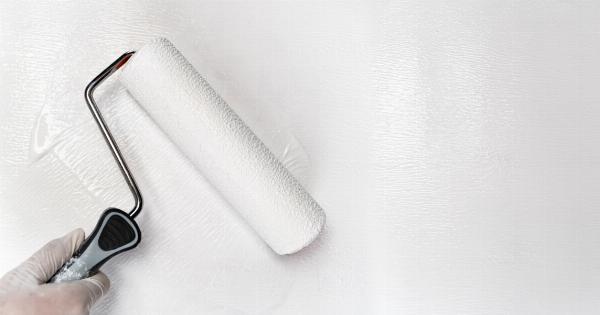Microsurgery is a surgical technique used to repair and reconstruct delicate structures in the body with the help of a microscope and specialized instruments.
One of the most challenging aspects of microsurgery is nerve repair, as it requires extreme precision and expertise. In this article, we will explore advanced techniques in microsurgery and nerve repair that have revolutionized the field.
Supermicrosurgery
Supermicrosurgery is a highly advanced technique that involves operating on vessels and nerves that are less than 0.3 mm in diameter.
This technique requires the use of even smaller microscopes and sophisticated instruments to perform intricate procedures. Supermicrosurgery has made it possible to perform procedures like lymphaticovenular anastomosis and replantation of amputated digits with greater success rates.
Neurolysis
Neurolysis is a procedure used to free nerves from adhesions or scar tissue. It is commonly performed in patients with nerve injuries or compression syndromes.
Advanced techniques in neurolysis, such as the use of carbon dioxide lasers and endoscopic approaches, have significantly improved outcomes and reduced the risk of complications. Neurolysis is often performed before nerve repair to ensure optimal nerve function.
Nerve Grafting
Nerve grafting is a technique used to bridge a gap in a damaged nerve by using a donor nerve from another part of the body.
Recent advancements in nerve grafting include the use of nerve conduits, which are synthetic tubes that serve as a scaffold for nerve regrowth. These conduits are often infused with growth factors and other bioactive substances to enhance nerve regeneration.
Nerve Transfers
Nerve transfers involve rerouting a healthy nerve to replace a damaged or non-functional nerve.
This technique is particularly useful when the damaged nerve cannot be directly repaired or when the distance between the nerve injury and the target muscle is too great. With the help of microsurgical techniques, nerves can be transferred with precision, allowing patients to regain function in paralyzed muscles.
Nerve Allografts
Nerve allografts involve using nerves from a human donor rather than the patient’s own body. These grafts provide an alternative when there is a shortage of suitable donor nerves for autografts.
Advanced techniques, such as cold preservation and immunosuppressive therapies, have improved the success rates of nerve allografts. Ongoing research aims to further enhance nerve regeneration and minimize immune rejection.
Nerve Decompression
Nerve decompression is a technique used to relieve pressure on nerves that may be compressed or trapped. This is often seen in conditions like carpal tunnel syndrome or cubital tunnel syndrome.
Advanced microsurgical techniques allow for precise identification and release of the compressed nerve, resulting in improved symptom relief and functional outcomes.
Nerve Wrapping
Nerve wrapping involves using a protective barrier, such as a biodegradable polymer sheath, to enclose an injured nerve.
This technique promotes nerve regeneration by creating a conducive environment for nerve growth and preventing scar tissue formation. Nerve wrapping has been particularly useful in peripheral nerve injuries and has been shown to enhance functional recovery.
Neural Tissue Engineering
Neural tissue engineering is a rapidly evolving field that combines microsurgery with regenerative medicine and biomaterials.
Scientists and surgeons are working on developing advanced scaffolds, cellular therapies, and growth factors to enhance nerve repair and regeneration. The use of stem cells and bioengineered nerve grafts shows great promise in promoting functional recovery after nerve injuries.
Robot-Assisted Microsurgery
Robot-assisted microsurgery combines the precision of robotic technology with microsurgical techniques. Robots can perform highly complex and precise movements, reducing the risk of human error during microsurgical procedures.
This technology allows surgeons to manipulate delicate tissues with enhanced dexterity and stability, leading to improved surgical outcomes.
Nanotechnology in Nerve Repair
Nanotechnology has opened up new avenues for nerve repair by enabling targeted drug delivery, enhancing nerve stimulation, and promoting nerve regeneration.
Nanoparticles and nanofibers can be used to deliver growth factors and other bioactive substances directly to the injured nerves, enhancing their regenerative capabilities. The integration of nanotechnology with microsurgery has the potential to revolutionize the field of nerve repair.






























